Essential Herbs for Italian Cooking: Best Spices and Tips
Growing up in an Italian household, I was lucky enough to be surrounded by the enticing aroma of homemade tomato sauce on the stove. My grandmother, Antonia, was the heart of our kitchen, creating the most mouth-watering dishes that brought our family together. One of the secrets to her incredible Italian food was her use of fresh, homegrown herbs. In this blog post, I’ll share some of her wisdom and tips for using essential herbs in Italian cooking.
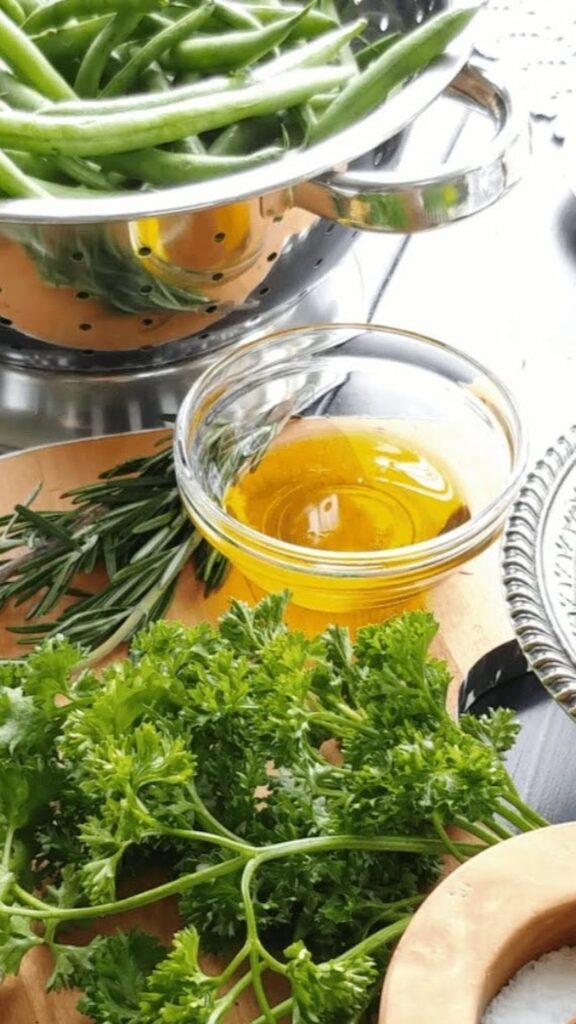
Foundation of Italian Cooking: Essential Herbs
Italian cuisine is renowned for its simplicity and reliance on fresh ingredients. Aromatic herbs play a crucial role, adding depth and flavor to dishes. Here are some of the most essential herbs you’ll need in your Italian kitchen:
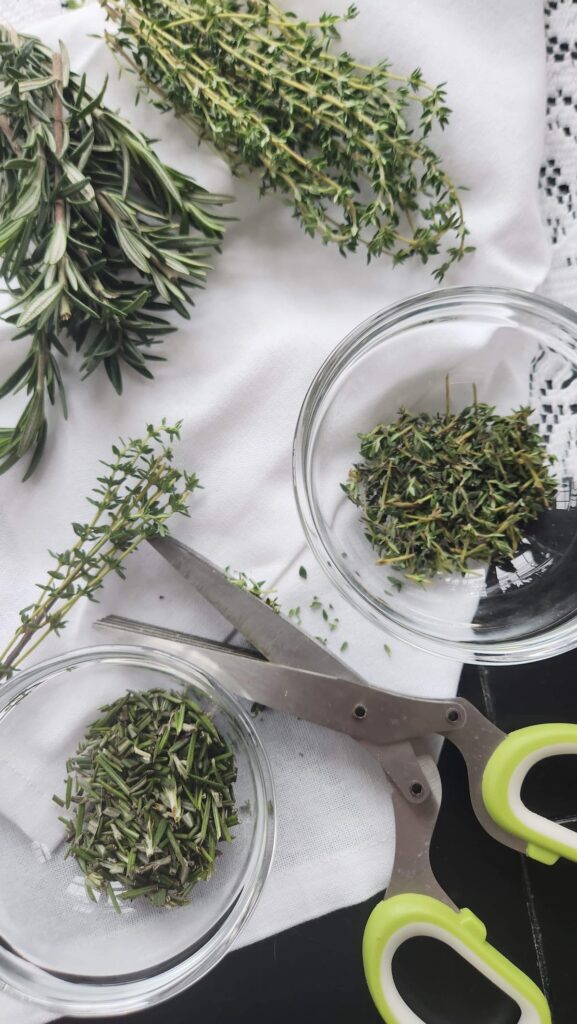
Listed below are the most popular herbs for Italian cooking:
Basil
Basil is perhaps the most iconic of all Italian herbs. Its sweet, slightly peppery flavor is a cornerstone of dishes like pesto, caprese salad, and, of course, marinara sauce. Nonna would always say that no Italian kitchen is complete without a basil plant on the windowsill.
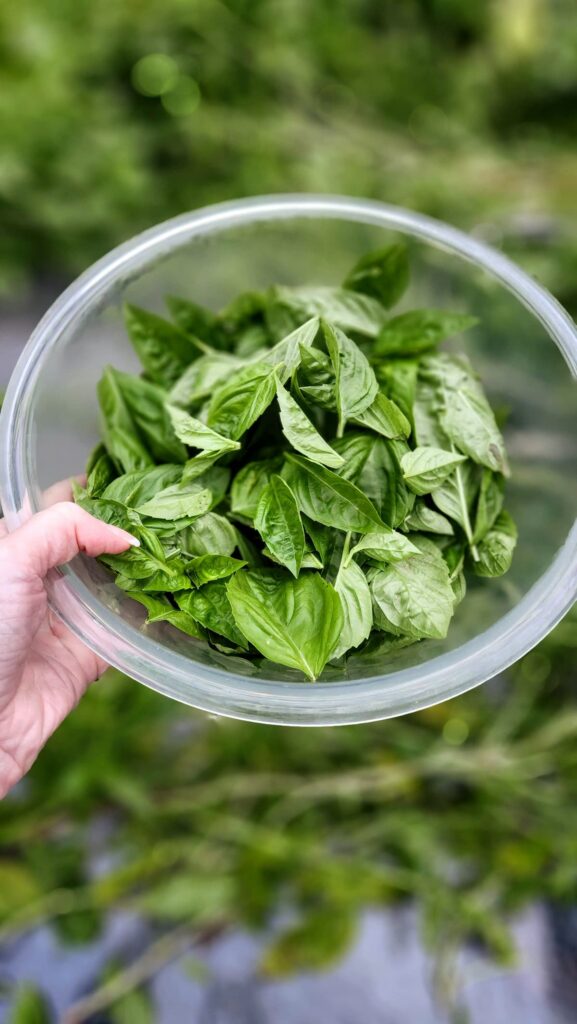
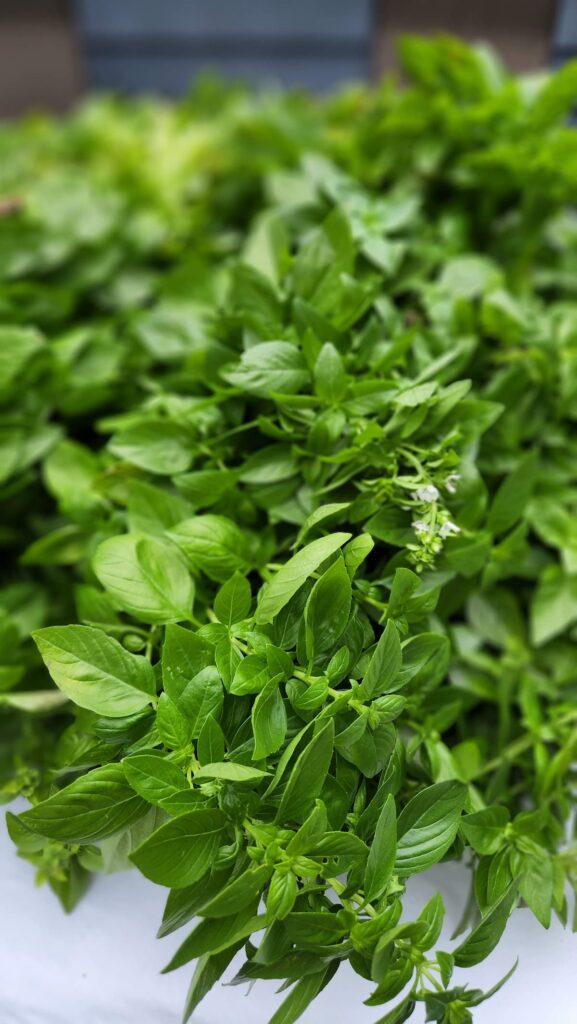
Oregano
Oregano is another staple herb, known for its strong, earthy flavor. It’s commonly used in pizza sauce, soups, and stews. Oregano pairs beautifully with tomatoes, making it a frequent addition to many Italian dishes.
Rosemary
Rosemary’s woody, aromatic flavor makes it perfect for roasting meat dishes and potatoes. This herb is a staple in Italian kitchens and is often used in focaccia bread, providing a fragrant touch to various dishes.
Thyme
Thyme is a versatile herb with a subtle, minty flavor. It’s great in sauces, soups, and marinades. Thyme’s ability to blend well with other herbs makes it a valuable addition to any Italian recipe.
Parsley
Parsley, particularly the flat-leaf variety, is commonly used for its fresh, slightly peppery flavor. It’s often used as a garnish or to add a pop of freshness to dishes like pasta, soups, and salads.
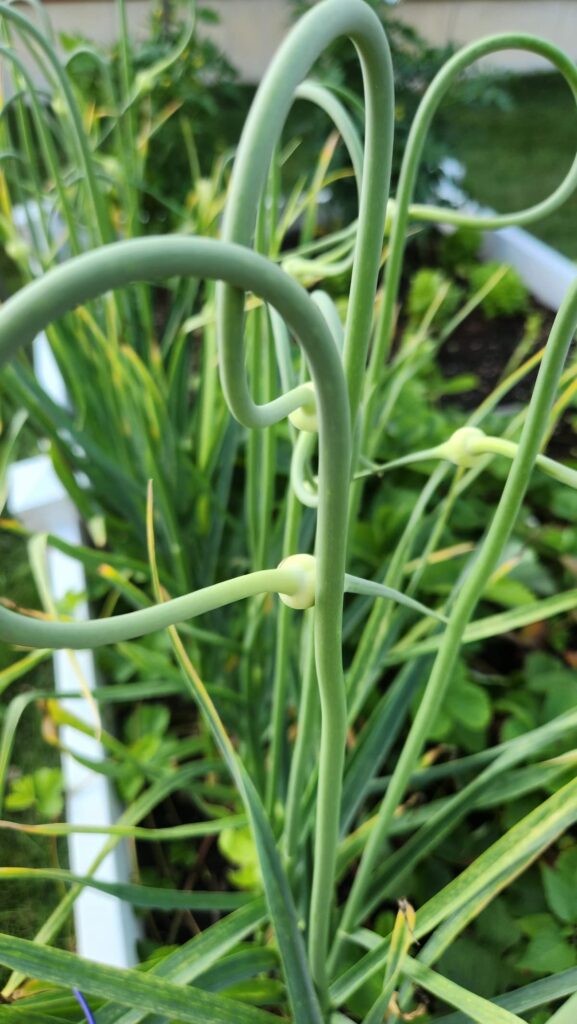
Garlic
Garlic and garlic powder are two of the staple herbs for Italian cooking/
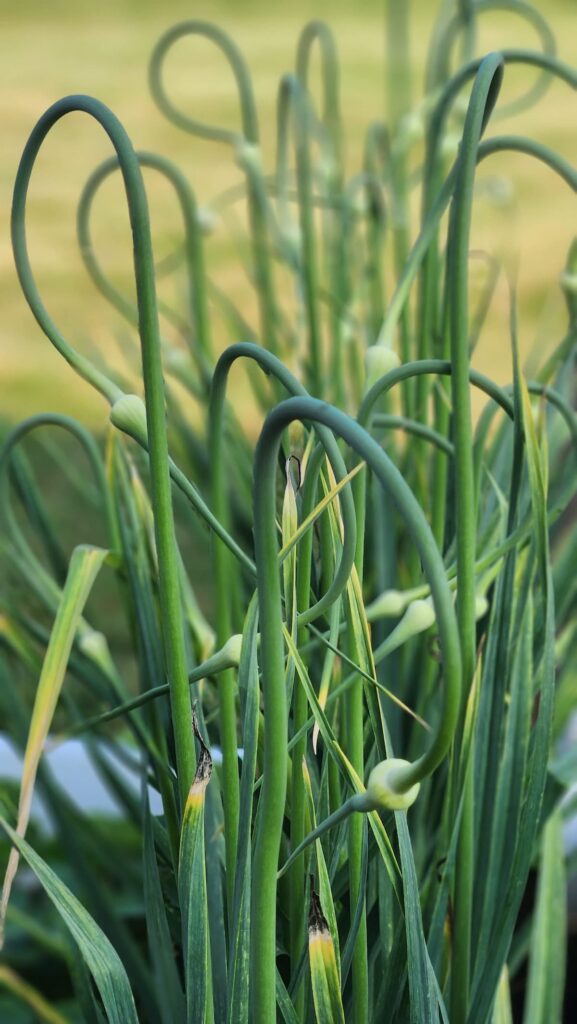
Growing Your Herbs
There’s nothing quite like the satisfaction of using an Italian seasoning blend of herbs from your garden. Not only do homegrown herbs taste better, but they’re also free from pesticides and other chemicals. Here’s how you can start your herb garden.
Choosing the Right Spot
Most herbs thrive in a sunny spot with well-drained soil. If you’re limited on space, a windowsill that gets plenty of light can work just as well. Nonna always had a few pots of herbs on her kitchen windowsill, ready to be snipped and used at a moment’s notice.
Plants
- Fresh Oregano: This hardy herb prefers a sunny spot and well-drained soil. It doesn’t need much water, making it perfect for those who might forget to water their plants occasionally.
- Rosemary: Rosemary loves full sun and well-drained soil. It’s quite drought-tolerant once established.
- Thyme: Plant thyme in a sunny location with well-drained soil. Like oregano, it’s fairly drought-tolerant.
- Parsley: Curly Parsley or flat-leaf parsley needs rich, moist soil and partial shade. It’s a bit more demanding but well worth the effort.
Harvesting and Using Fresh Herbs
When it comes to harvesting, timing is everything. The best time to pick your herbs is in the morning after the dew has dried but before the sun is too hot. This is when the essential oils in the herbs are at their peak, ensuring maximum flavor.
- Basil: Pinch off the leaves just above a pair of leaves to encourage bushier growth.
- Oregano and Thyme: Trim the stems just above a leaf node to promote new growth.
- Rosemary: Snip off sprigs as needed, being careful not to take too much from a single branch.
- Parsley: Cut the outer leaves from the base of the plant to allow new growth from the center.
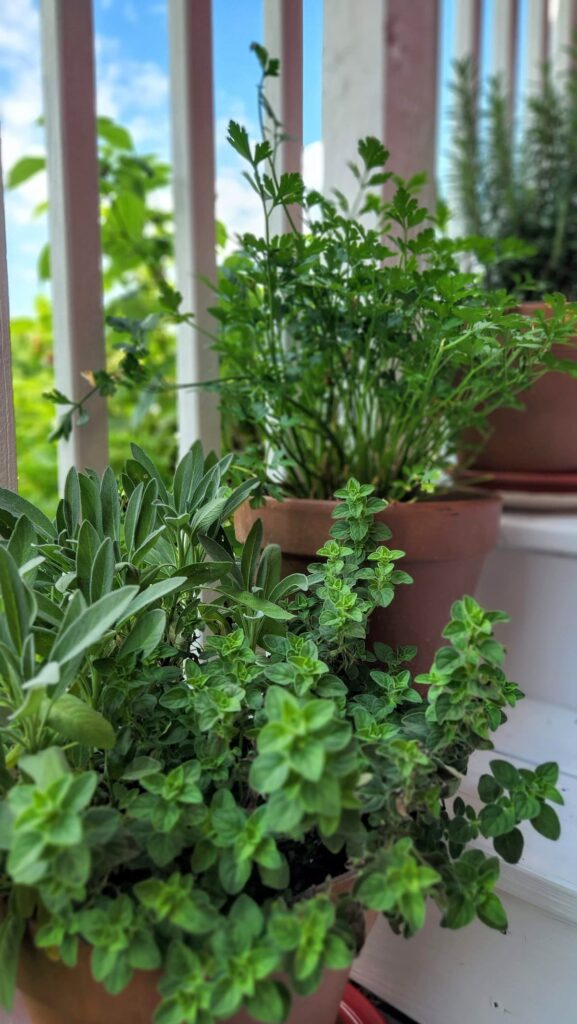
Drying and Storing Your Herbs
While fresh herbs are fantastic, drying them allows you to preserve their flavors for homemade Italian seasoning year-round. Here’s how Italian cooks do it:
Air Drying
Air drying is one of the simplest and most effective methods for drying herbs.
- Gather your herbs: Cut the stems in the morning, leaving enough length to tie them together.
- Bundle them up: Tie the stems together in small bundles with string or rubber bands.
- Hang them up: Hang the bundles upside down in a warm, dry, and well-ventilated area away from direct sunlight.
- Wait: Depending on the humidity, it can take anywhere from a few days to a couple of weeks for the herbs to dry completely.
- Store: Once dry, crumble the leaves into airtight containers and store them in a cool, dark place.
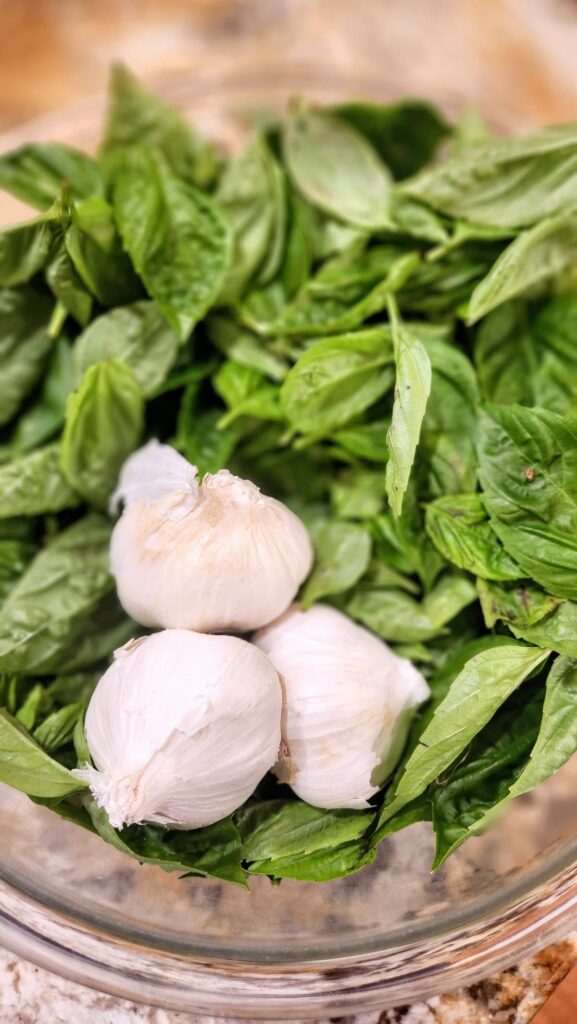
Oven Drying
If you’re in a hurry, oven drying is a faster alternative.
- Preheat your oven: Set it to the lowest temperature (usually around 150°F or 65°C).
- Prepare the herbs: Spread the herb leaves in a single layer on a baking sheet.
- Dry them out: Place the baking sheet in the oven and leave the door slightly ajar to allow moisture to escape. Check the herbs every 15-20 minutes to ensure they don’t burn.
- Cool and store: Once completely dry, let the herbs cool before crumbling them into airtight containers.
Cooking Tips for Using Herbs
Now that you have a supply of fresh and dried herbs, let’s talk about how to use them in your cooking. Here are some tips from Nonna’s kitchen:
Balancing Flavors
Herbs can transform a dish, but balance is key. Start with small amounts and taste as you go. Remember, you can always add more, but you can’t take it away once it’s in there.
Combining Herbs
Some herbs work particularly well together, creating a symphony of flavors. For example here are a few classic Italian herbs:
- Basil and oregano: A classic fragrant herb combination for tomato-based dishes.
- Rosemary and fresh thyme: Perfect for roasted meats and vegetables.
- Parsley and garlic: A match made in heaven for almost any savory dish.
Infusing Oils and Vinegars
Infused oils and vinegar are a great way to incorporate herb flavors into your cooking. Add fresh herbs to a bottle of olive oil or vinegar and let it sit for a few weeks. Use these infused oils for cooking or as a finishing touch to your favorite dishes, or salad dressings.
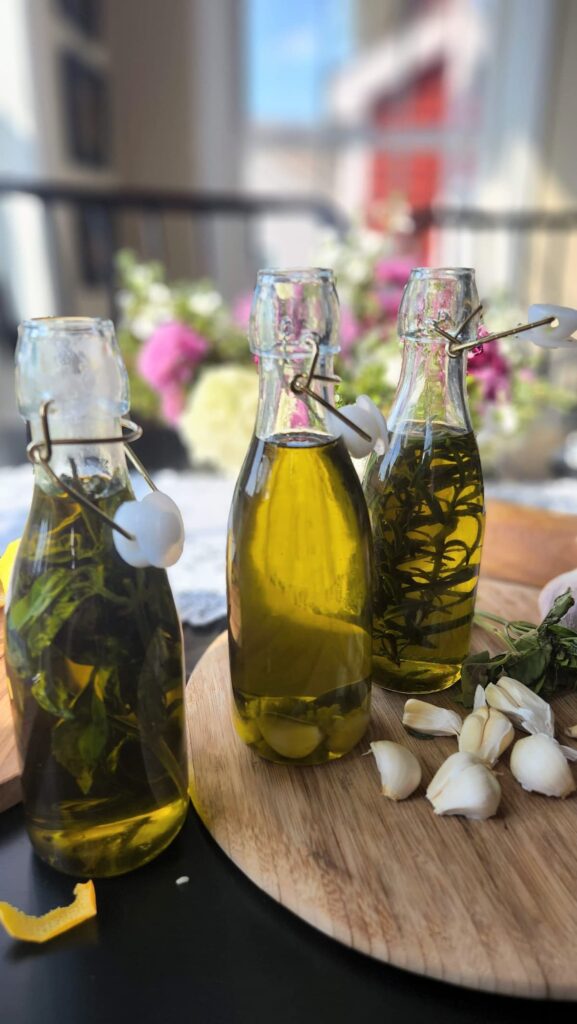
Making Herb Butter
Herb butter is a delicious way to add flavor to your meals. Mix softened butter with finely chopped herbs and a pinch of salt. Roll it into a log, wrap it in plastic wrap, and store it in the fridge.
Slice off pieces as needed to melt over steak, vegetables, or bread. I recently made herb butter with chives and added it to the top of our grilled steaks. Making herb butter is a fantastic use of herbs!
Using Herbs in Tomato Sauce
Of course, I couldn’t write about Italian cooking without mentioning tomato sauce. Nonna’s secret to the best tomato sauce was a combination of fresh and dried herbs. Here’s a simple recipe inspired by her:
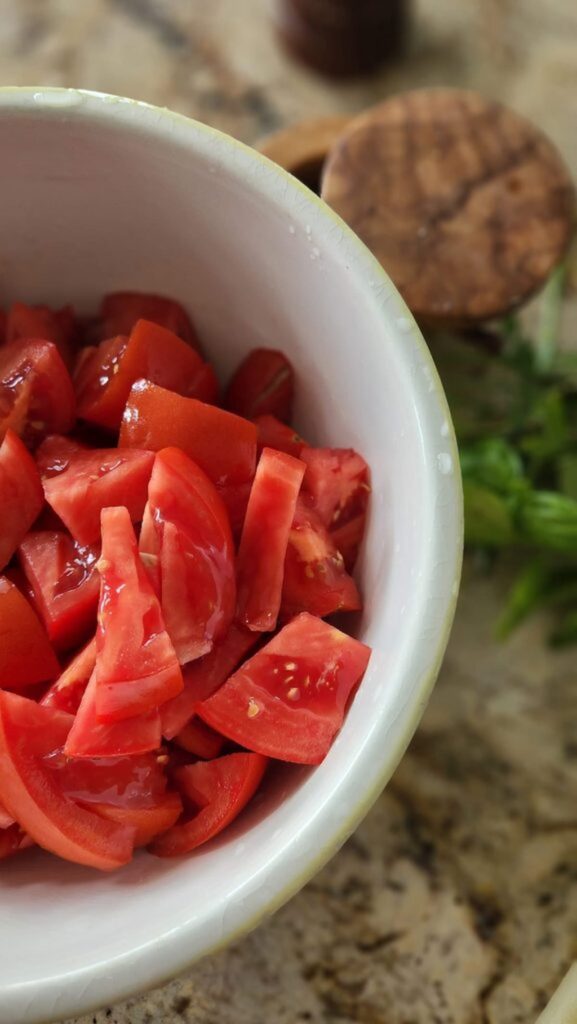
Nonna’s Tomato Sauce
Ingredients:
- 2 tbsp olive oil
- 1 small onion, finely chopped
- 2 cloves garlic, minced
- 1 can (28 oz) crushed tomatoes
- 1 tsp dried oregano
- 1 tsp dried basil
- red pepper flakes (optional)
- 1 sprig of fresh rosemary
- Salt and Black pepper to taste
- Fresh basil leaves or fresh parsley for garnish
Cooking Process Instructions:
- Heat the olive oil in a large pot over medium heat. Add the onion and cook until translucent.
- Add the garlic and cook for another minute, careful not to let it burn or it will have a bitter taste.
- Stir in the crushed tomatoes, dried oregano, and dried basil.
- Add the sprig of fresh rosemary.
- Season with salt and pepper to taste.
- Let the sauce simmer on low heat for at least 30 minutes, stirring occasionally.
- Remove the rosemary sprig before serving.
- Garnish with fresh basil leaves
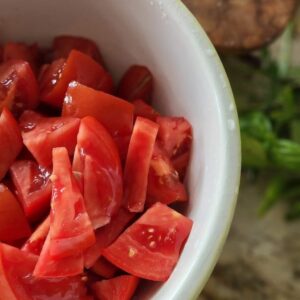
Nonna’s Tomato Sauce
Ingredients
- 2 tbsp olive oil1 small onion, finely chopped2 cloves garlic, minced1 can (28 oz) crushed tomatoes1 tsp dried oregano1 tsp dried basilred pepper flakes (optional)1 sprig of fresh rosemarySalt and Black pepper to tasteFresh basil leaves or fresh parsley for garnish
- 2 Tbsp Olive Oil
- 1 Small Onion finely chopped
- 2 Cloves Garlic minced
- 1 Can Crushed Tomatoes (28 oz)
- 1 Tsp Dried Basil
- Red Pepper Flakes optional
- 1 Sprig Fresh Rosemary
- Salt and Black Pepper to taste
- Fresh Basil or Parsley (garnish)
Instructions
- Heat the Olive oil in large pot over medium heat.
- Add the onion and cook until translucent.
- Add Garlic and cook for another minute. Careful not to let the garlic burn or it will have a bitter taste.
- Stir in the crushed tomatoes, dried oregano, and dried basil.
- Add a sprig of fresh rosemary.
- Season with salt and black pepper to taste.
- Let simmer on low heat for at least 30 minutes, stirring occasionally.
- Remove the rosemary sprig before serving.
- Garnish with fresh basil leaves.
This sauce is perfect for pasta, pizza, or as a base for other Italian dishes. Combining dried and fresh herbs like Italian parsley creates a rich, layered flavor that’s simply irresistible. Serve with warm garlic bread and sprinkle with lots of parmesan cheese.
Shop & Source
5 Tips for Using Herbs in Italian Cooking
- Know Your Herbs:
- Familiarize yourself with the flavors of common Italian herbs like basil, oregano, bay leaves, rosemary, thyme, and parsley. Each herb has a distinct taste profile that can enhance different types of dishes. Basil is sweet and aromatic, perfect for tomato-based sauces, while rosemary has a pine-like flavor that pairs well with roasted meats.
- Fresh vs. Dried:
- Use fresh herbs when possible for a more vibrant flavor. Fresh basil, for example, can transform a simple caprese salad. Dried herbs are more concentrated, so use about one-third of the amount you would use fresh. Dried oregano is great for long-cooking dishes like marinara sauce.
- Timing is Key:
- Add delicate herbs like basil and parsley towards the end of cooking to preserve their flavor and aroma. Hardier herbs like rosemary and thyme can be added earlier in the cooking process, as their flavors can withstand and even benefit from longer cooking times.
- Herb Blends:
- Create your Italian herb blend for convenience. A mix of dried basil, oregano, rosemary, thyme, and sage can be used to season a variety of dishes from pasta sauces to roasted vegetables or chicken. Store your blend in an airtight container to keep it fresh.
- Pairing with Ingredients:
- Match herbs with the right ingredients to enhance your dishes. Basil goes well with tomatoes, mozzarella, and garlic. Oregano is perfect for pizza and grilled meats. Rosemary pairs excellently with lamb, potatoes, and bread. Understanding these pairings can help you bring out the best in your ingredients.
My friend Brook from Farmhouse1820 inspired me with her fabulous garden (below). Brooke has a wonderful blog post on the 10 best tips for planting a vegetable garden.
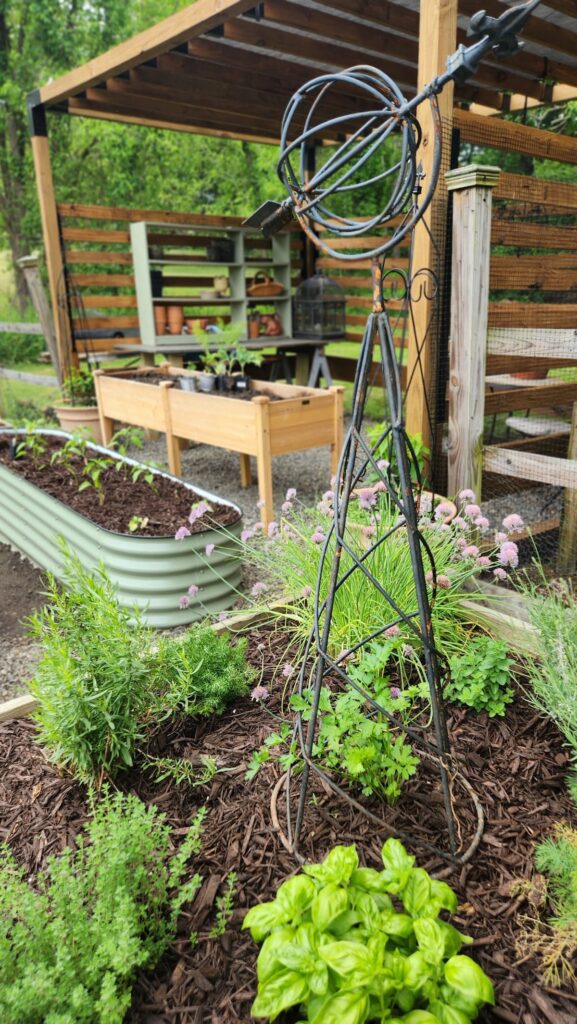
Other recipes you may enjoy:
Savor the Flavor: Sauteed Brussels Sprout Leaves Recipe
Gluten Free Crispbread with Rosemary
Authentic Italian: Potatoes and Eggs Frittata Recipe
Easy Pasta and Peas Recipe Made With Only 3 Ingredients
Conclusion
Using fresh herbs is one of the best ways to elevate the essence of Italian cooking. Whether growing your own or buying them fresh from the market, incorporating these essential herbs will bring authentic Italian flavors to your kitchen and favorite recipe. Remember Nonna’s wisdom: simplicity and quality ingredients are the heart of Italian cuisine. So go ahead, plant some herbs, and start cooking! Buon appetito!



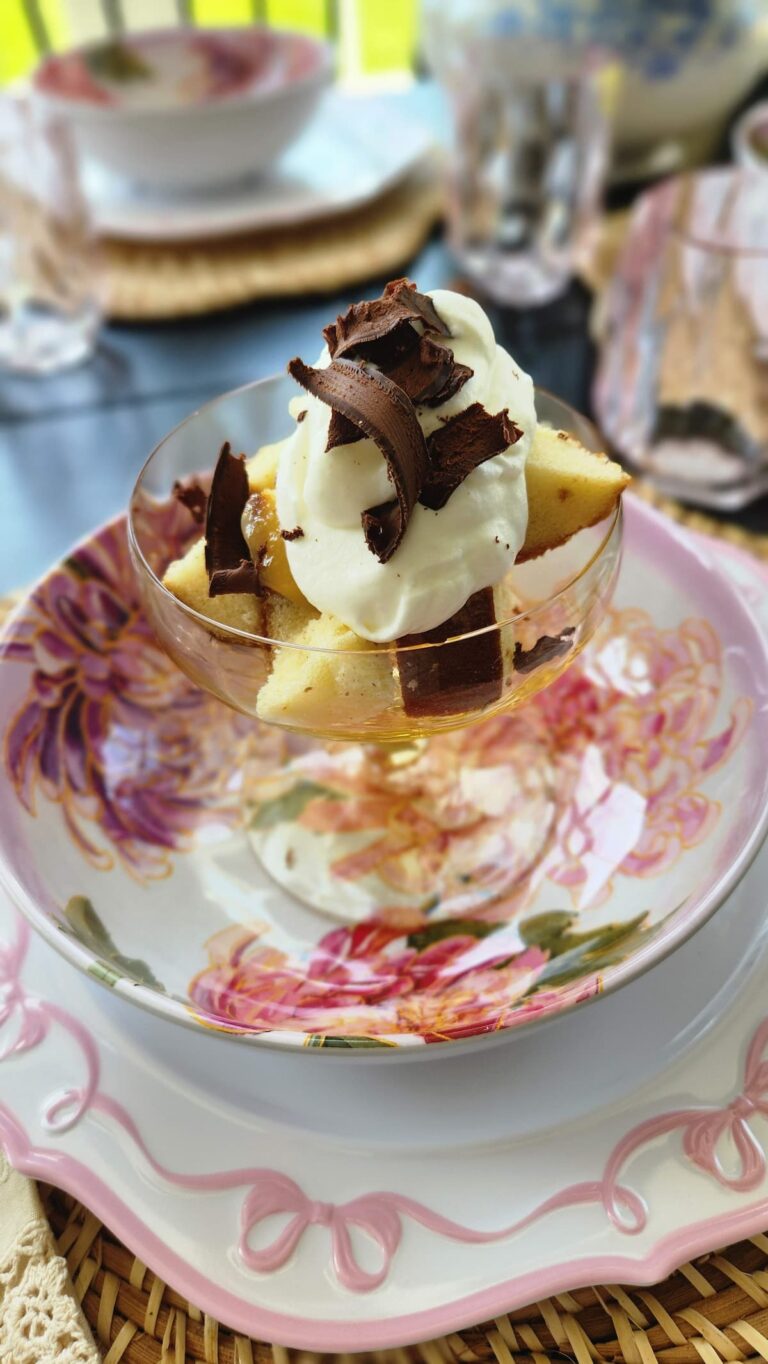
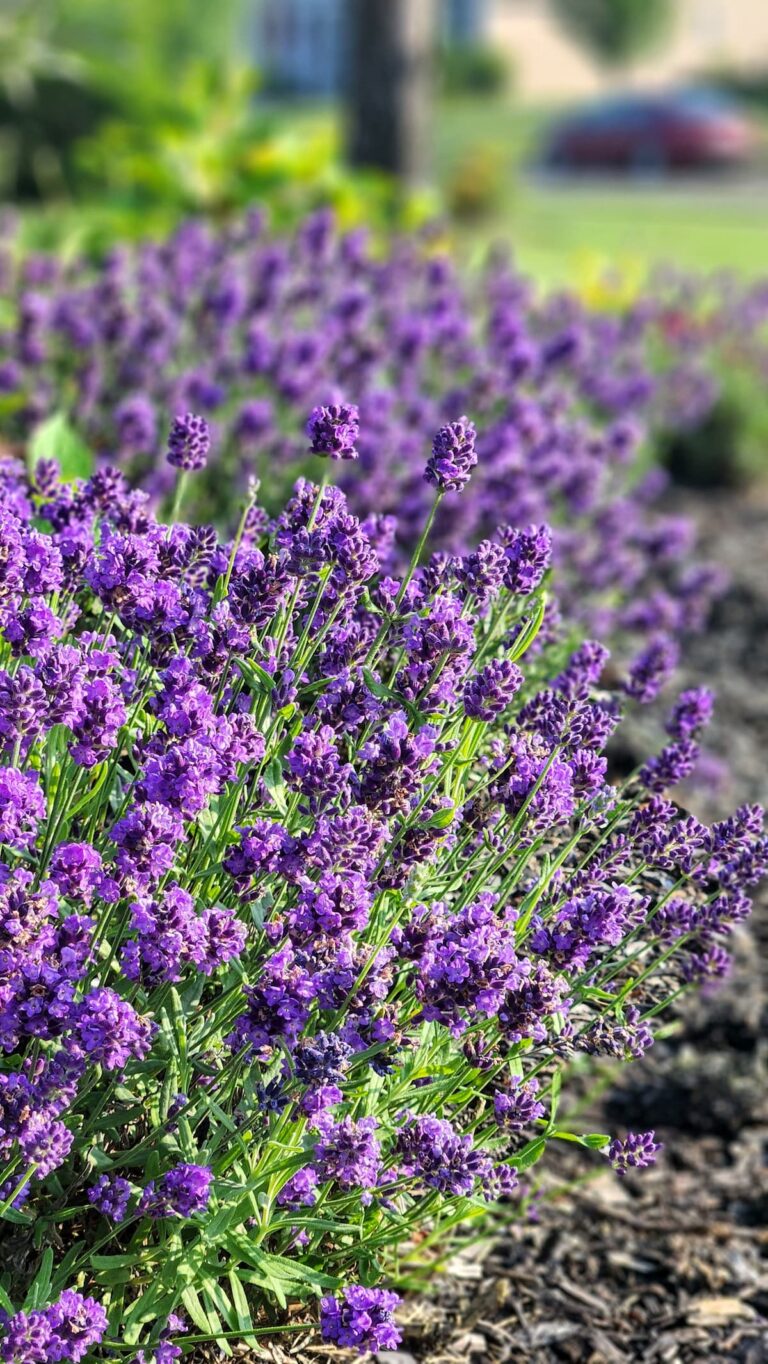
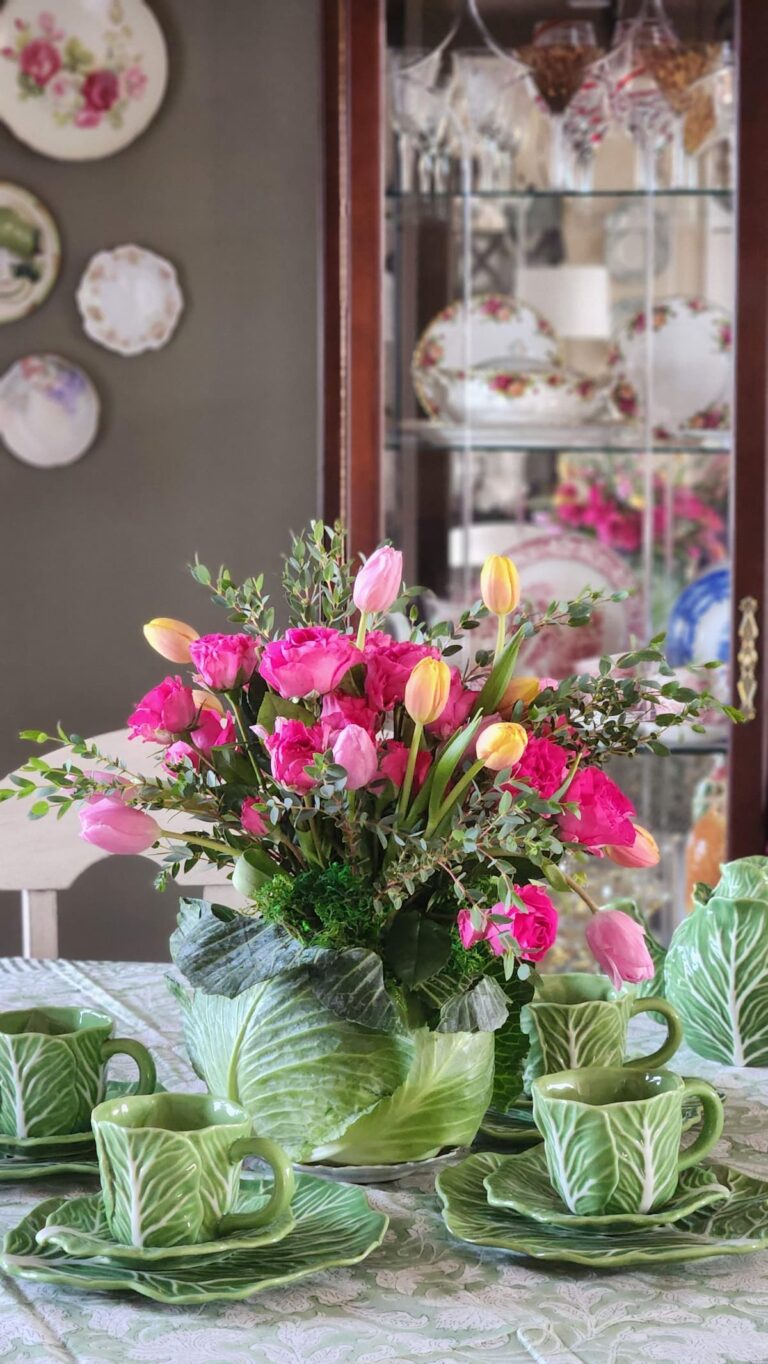
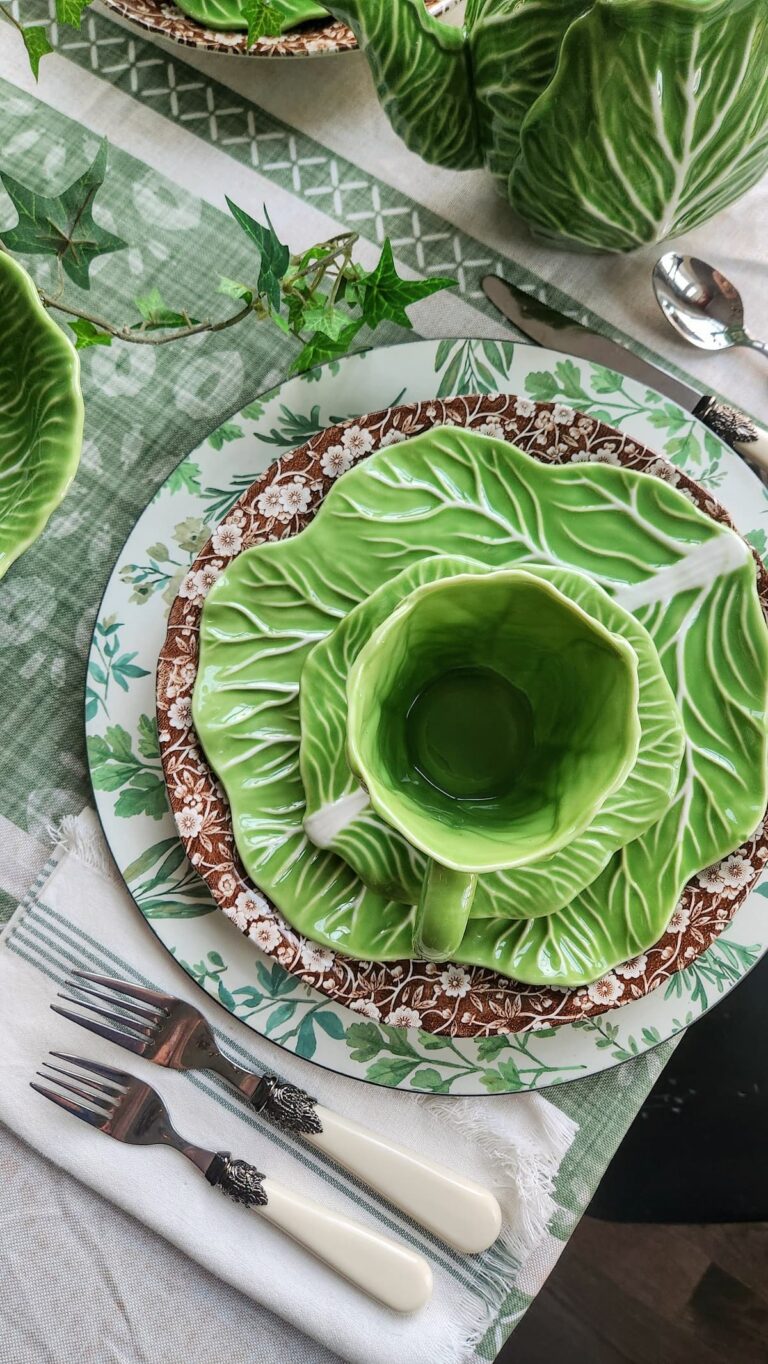


What a beautiful post my friend, love to use fresh herbs! thanks for
Fresh herbs are the best! Great post, Susan! Have a great weekend!